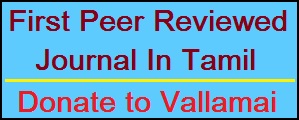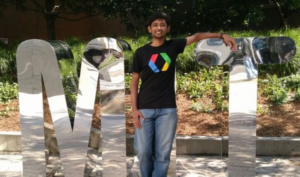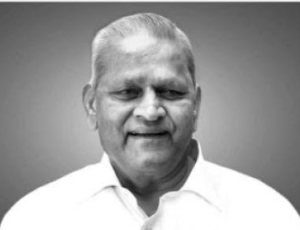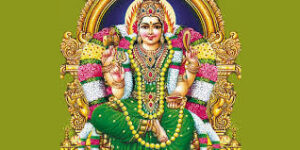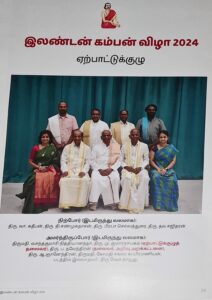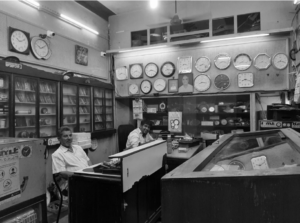Prof. M. Anandakrishnan Endowment Lecture Series – 4 at RMRL
Prof. M. Anandakrishnan Endowment Lecture
Roja Muthiah Research Library
invites you for a
lecture on
New Approaches to Understanding the Indus Inscriptions
by
Dr. Sitabhra Sinha
Professor, Institute of Mathematical Sciences, Chennai
Date: 30th March 2012
Time: 5.00 p.m.
Venue:
Roja Muthiah Research Library
3rd Cross Road, Central Polytechnic Campus
Taramani, Chennai 600 113
Telephone: 2254 2551 / 2254 2552
Tea will be served at 4.30 p.m.
——————————————————-
Summary of the talk:
One of the enduring enigmas of the Indus civilization (also referred to as the Mature Harappan Civilization) that flourished in the north-western region of the Indian subcontinent between 2500-1900 BCE centers around the discovery of thousands of artifacts associated with this civilization which have inscribed on them sequences of many different symbols whose meaning remains unknown to this day. Although found primarily on seals and their impressions (sealings), such inscriptions have also been discovered on miniature tablets, pottery, copper tablets, bronze implements, etc. Unsurprisingly, given the high sophistication of the civilization and the level of social complexity it implies, with the concomitant requirements of coordination and communication, these inscriptions have been suggested many scholars to be evidence of a writing system native to the Indus civilization. Speculation about the nature of the writing has been rife ever since the remains of the Civilization were first discovered (Hunter, Gadd & Smith). Systematic analysis of the inscriptions have been made possible through the efforts of scholars such as Knorosov, Mahadevan, Parpola and Wells in building Indus inscription databases and concordances. However, despite periodic claims about decipherment of this writing system, there has as yet been no generally accepted interpretation of these inscriptions. The failure of decipherment however should not blind us to the fact that considerable progress has been made in understanding the syntactic structure of the inscriptions. Knowledge of how the signs are put together can help, e.g., in segmenting the longer inscriptions into shorter sequences that may be “meaningful” in their own right and which may aid the decipherer. In this talk, we will see how the use of computational techniques for processing sequences in association with statistical techniques of analysis have helped us in obtaining a new perspective into the complexities of these ancient inscriptions.
Profile:
Sitabhra Sinha is Professor in the Theoretical Physics Group of the Institute of Mathematical Sciences (IMSc), Chennai and is also currently Adjunct Professor in the Department of Computer Science & Engineering at the Indian Institute of Technology (IIT) Kharagpur and Adjunct Faculty of the National Institute of Advanced Studies (NIAS), Bangalore. He did his PhD from the Indian Statistical Institute, Calcutta and, after postdoctoral research at Indian Institute of Science (IISc), Bangalore and Weill Medical School of Cornell University at New York City, joined IMSc in 2002. His research has focused on understanding a variety of complex systems using techniques from statistical mechanics and nonlinear dynamics. His current research interests include analysis of complex networks ranging from intra-cellular signaling networks to ecological food webs, computer modeling of the entire nervous system of an organism to understand how brain activity translates into behavior, modeling physiological processes such as cardiac activity, and the application of statistical techniques for understanding socioeconomic phenomena, such as the emergence of language.
About Prof. M. Anandakrishnan
Prof. Anandakrishnan obtained Ph.D in Civil Engineering (1960) from the University of Minnesota, USA. He served as Professor of Civil Engineering at IIT, Kanpur between 1963 and 1974. He served the United Nations in the UN Centre for S&T for Development(1978-1989); as the Vice-Chancellor of Anna University (1990-96); and as Vice-Chairman of the Tamil Nadu State Council for Higher Education from 1996-2002. Currently he is the Chairman, Board of Governors, Indian Institute of Technology Kanpur and Rajasthan; President, Ranganathan Centre for Information Studies (RCIS), Chennai; President, Tamil Nadu Academy of Sciences, Chennai; Member, Board of Management, NUEPA, Delhi; Member, High Power Committee on Renovation and Rejuvenation of Higher Education in India and Chairman, Executive Council, Science City, Chennai. He was Chairman, MIDS between 2003 and 2008. He has served as Chairman or Member of several high level committees of MHRD, UGC, AICTE and NAAC. His honours and awards include Padma Shri from the President of India (2002); the Order of Scientific Merit from the President of Brazil (1996); Distinguished Leadership Award of the University of Minnesota (2003); Honorary Fellow of the Indian Society for Technical Education (2005); UGC National Swami Pranavananda Saraswati Award in Education (2006); Fellow of the Institution of Engineers, India and Fellow of the National Academy of Sciences, India. He is also a Trustee of the RMRL Trust.

